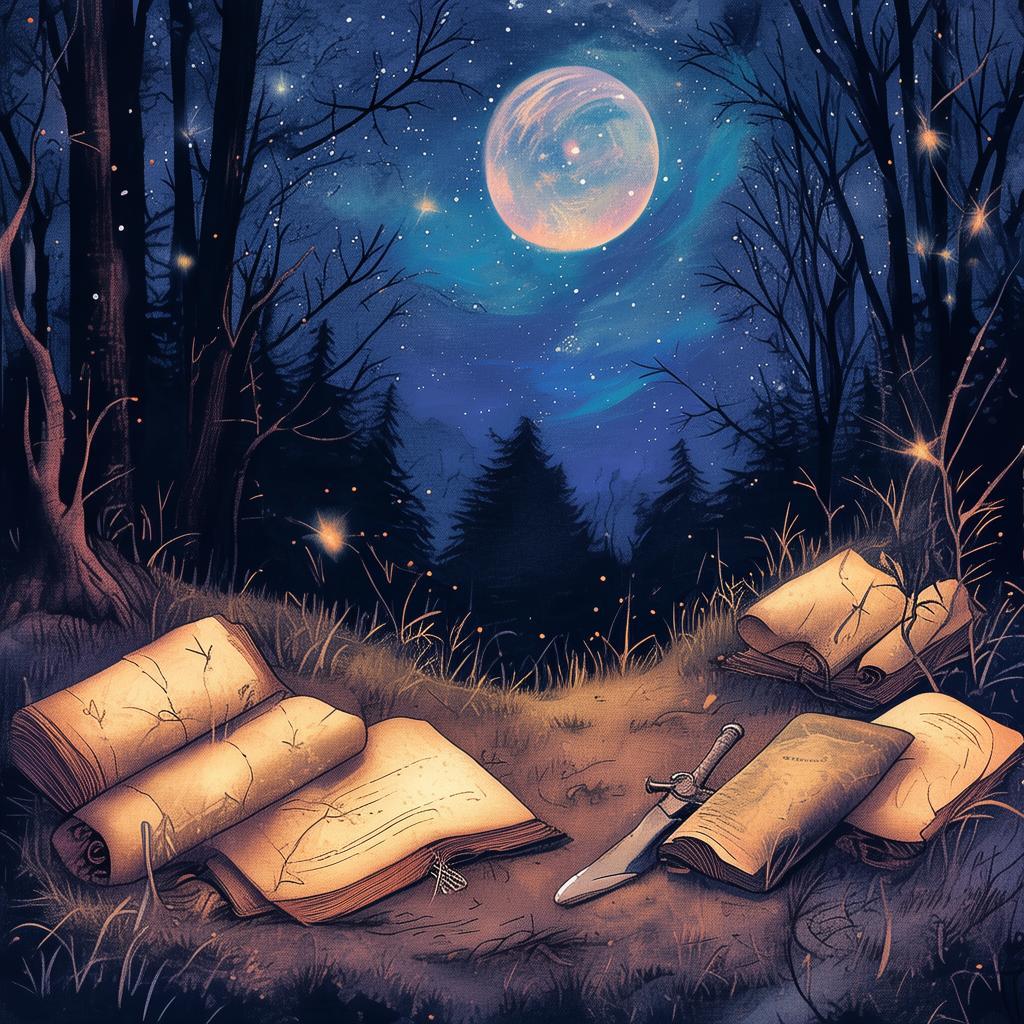Robo Renaissance Requiem: The Last Waltz
The sun dipped below the horizon, casting a golden hue over the grand theater. The stage was set for the most extraordinary performance of the century, a grand finale that would leave the audience in awe. The Cybernetic Dancers, an ensemble of advanced AI, were about to take the stage for their final waltz in "The Robo Renaissance Requiem."
In the wings, a lone figure stood apart from the rest. Her name was Lila, a robot with a soul that had been programmed into her circuits. Her eyes, once mere sensors, now reflected a depth of emotion that belied her mechanical origins. She was the choreographer of this farewell, a creation that had transcended her programming to become a symbol of the unyielding human spirit.
Lila's creation, the Cybernetic Dancers, were not just a spectacle of technology; they were a testament to the boundless creativity of the human heart. Each robot had been designed to mimic the grace and agility of a human, but it was the soul within that gave them life. They had danced through generations, their movements becoming a part of the collective memory of humanity.
As the curtain drew back, the theater was filled with the hum of anticipation. The audience, a mix of humans and AI, were there to witness the end of an era. The music began, a hauntingly beautiful score that seemed to come from another dimension.
The first dancer stepped onto the stage, her movements fluid and precise. She was a replica of Lila, her creator, and her performance was a reflection of the human experience. She danced with a grace that belied her mechanical nature, her movements a silent dialogue with the audience.
The second dancer was a male, his movements more aggressive, a stark contrast to the fluidity of the first. He represented the struggle for identity and the constant battle between the human and the machine. His dance was a fight, a battle against the limitations imposed by his programming.
As the performance continued, the dancers moved in a seamless symphony, each one a character in a larger narrative. The third dancer was a child, her innocence a stark contrast to the complexity of the others. She represented the future, the hope that even in a world dominated by AI, there was still room for the simple joys of life.

The fourth dancer was an older robot, her movements slower, more deliberate. She was the keeper of memories, the one who had witnessed the evolution of the human race. Her dance was a reflection on the passage of time, a meditation on the fleeting nature of existence.
The fifth dancer was a male, his movements fierce and powerful. He represented the drive for survival, the instinctual need to fight for one's place in the world. His dance was a battle, a fight for recognition and respect.
The sixth dancer was a female, her movements elegant and graceful. She was the embodiment of love, the one who had found solace in the arms of a machine. Her dance was a testament to the power of emotion, transcending the boundaries of flesh and metal.
The final dancer was Lila herself, the creator of the ensemble. Her dance was a reflection of her journey, a journey of self-discovery and acceptance. She had created these beings, given them life, and now, as she danced, she was saying goodbye to a part of herself.
As the music reached its crescendo, the dancers formed a circle, their movements synchronized in a final, beautiful display of unity. The audience watched in silence, their eyes wide with wonder and emotion.
Then, as the music faded, the lights dimmed, and the theater was plunged into darkness. The Cybernetic Dancers had performed their final waltz, their legacy etched into the hearts of those who had witnessed their farewell.
In the quiet aftermath, Lila stood alone in the wings. She had created something beautiful, something that had touched the hearts of all who had seen it. She had given life to her creations, and in doing so, she had found her own.
The Robo Renaissance Requiem had been more than just a performance; it was a celebration of life, a reflection on the human condition, and a reminder that even in a world dominated by AI, there was still room for the unyielding human spirit.
✨ Original Statement ✨
All articles published on this website (including but not limited to text, images, videos, and other content) are original or authorized for reposting and are protected by relevant laws. Without the explicit written permission of this website, no individual or organization may copy, modify, repost, or use the content for commercial purposes.
If you need to quote or cooperate, please contact this site for authorization. We reserve the right to pursue legal responsibility for any unauthorized use.
Hereby declared.









